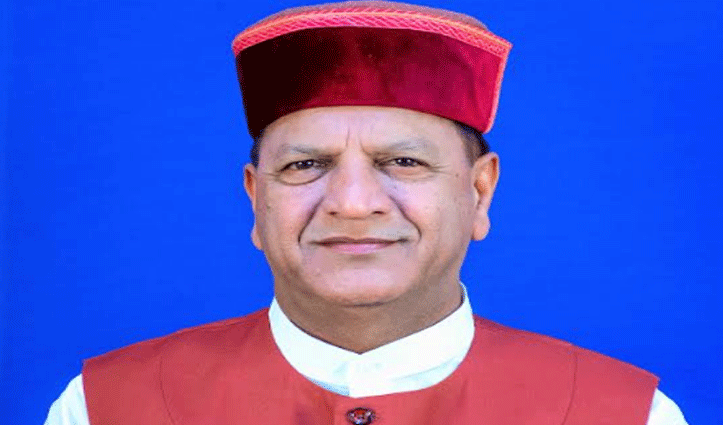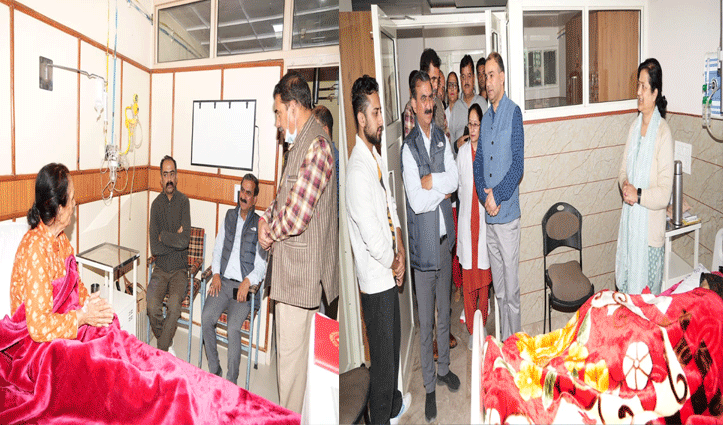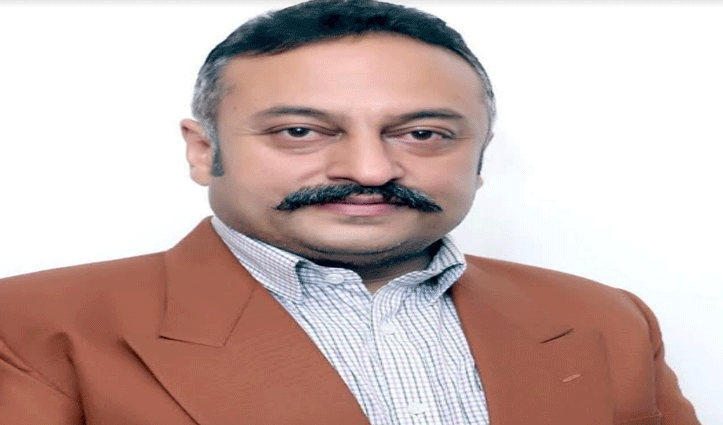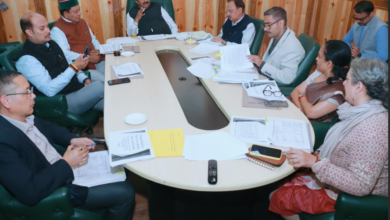बिंदल की जंबो घोषणा 28 वरिष्ठ आमंत्रित सदस्य, 77 कार्यसमिति और 35 आमंत्रित सदस्य नियुक्त
बिलाल अल्पसंख्यक मोर्चा तथा संजीव किसान मोर्चा प्रदेश अध्यक्ष नियुक्त

हिमाचल न्यूज़ डेली (Himachal News Daily)
शिमला, 15 अक्तूबर, 2023 । शिमला, भारतीय जनता पार्टी हिमाचल प्रदेश के प्रदेश अध्यक्ष डॉ० राजीव बिन्दल ने भारतीय जनता पार्टी प्रदेश कार्यसमिति के विशिष्ट आमंत्रित सदस्यों, कार्यसमिति सदस्यों व आमंत्रित सदस्यों की घोषणा की है।
इसी प्रकार 77 कार्यसमिति सदस्य डॉ जनक राज, डी०एस ठाकुर, रणवीर सिंह निक्का, सुरेन्द्र शौरी, लोकेन्द्र कुमार, दीपराज कपूर, पूर्ण चंद ठाकुर, प्रकाश राणा, इंद्र सिंह गांधी, दलीप ठाकुर, जे०आर० कटवाल, रीना कश्यप, विक्रम जरयाल, रीता धीमान, मुलखराज प्रेमी, रविन्द्र धीमान, अरूण मेहरा, डॉ० अनिल धीमान, कमलेश कुमारी, राजेश ठाकुर, लखविन्द्र राणा, परमजीत सिंह पम्मी, विजय अग्निहोत्री, विशाल नैहरिया, नरेन्द्र ठाकुर, बलदेव शर्मा, गोविंद राम शर्मा, पुरषोतम गुलेरिया, धनेश्वरी ठाकुर, कुसुम सदरेट, शिशु धर्मा, वीरेन्द्र चौधरी, जय सिंह, शशि दत, अमित ठाकुर, जवाहर शर्मा, नितेन कुमार, हुकम सिंह बैंस, घनश्याम शर्मा, जसवीर सिंह नागपाल, चंद्रभूषण नाग, भीम सेन, रणवीर सिंह, मनोहर लाल शर्मा, आशुतोष वैद्य, विजय परमार, संजीव हारा, संजय गुलेरिया, राकेश चौधरी, नरोतम ठाकुर, कै० रणजीत सिंह, नारायण सिंह, अजय श्याम, रवि मैहता, कौल नेगी, सूरत सिंह नेगी, प्रो० राम कुमार, डॉ० राजेश कश्यप, शशिबाला, दर्शन सैणी, ओमप्रकाश सैणी, सरदार गुरमीत सिंह, मीरा आनन्द, परमजीत मनकोटिया, मालविका पठानिया, सन्तोष सैणी, शोभा डढवाल, धन्नो देवी, प्रियन्ता शर्मा, अर्चना ठाकुर, वीना ठाकुर, नीलम सरैक, नीना शर्मा, कमलेश शर्मा, मोनिका पठानिया, शीला और विनय शर्मा होंगे।







